Shidava Gold Japanese Maple – 3 Gallon Pot
$209.97 Original price was: $209.97.$96.99Current price is: $96.99.
SKU: D2LSC 4854482878 Category: RARE PLANTS
- Quality and Affordability Combined
- Quality that lasts, prices that don't.
- Free Shipping, Quality Goods
- Online assistance, always at your service.

Shidava Gold Japanese Maple
Acer palmatum ‘Shidava Gold’
Plant Details
USDA Plant Hardiness Zones: 5a-9b Find Your Zone
Height at Maturity: 8-10′
Width at Maturity: 5-6′
Growth Habit / Form: Upright, Vase Shape
Growth Rate: Moderate
Foliage Color in Spring: Yellow-green to Chartreuse
Foliage Color in Summer: Green
Foliage Color in Fall: Yellow shades
Light Needs: Full Sun or Mostly Sun, Morning Sun with Dappled or Afternoon Shade, All Day Filtered Sun
Water Needs: Average, moderately drought tolerant when established
Soil Type: Sandy, Loam & Clay (Condition heavy clay soils when planting)
Drainage: Moist But Well Drained
Soil pH: 5.0 – 7.0 is ideal
Maintenance: Low
Resistances: Deer, Heat Tolerant, Insect Resistant, Sun Tolerant
Description
A dwarf form of ‘Aoyagi’, the ‘Shidava Gold’ Japanese Maple shares the same outstanding characteristics as its parent on a a smaller, more dense form. At 8 to 10 feet tall and 5 to 6 feet wide it’s a perfect fit for smaller garden spaces and containers. Palmate leaves emerge a yellow-green in spring turning to rich green in summer and then to shades of golden-yellow with the arrival of cooler temperatures in fall. Intense green bark brighten the landscape during the winter months.
Landscape & Garden Uses
To showcase its magnificence and beauty, Shidava Gold Japanese Maple is best used in the landscape as a focal point specimen to draw attention to a specific area of the home or landscape. That said, you can plant in groupings of three or plant one on both sides of an entryway to accentuate the entrance. Also excellent in containers.
Note: One Japanese Maple can make a landscape…that is if you don’t overcrowd it with other trees and plants. Therefore, when selecting companions to plant under or around your Japanese Maple, make sure to select low-growing shrubs or groundcover plants that won’t interfere at all with your tree.
Growing Preferences
Though delicate looking, Japanese Maples are actually very tough and long-lived trees. They are very easy to grow. Container culture can extend their useful range. They are extremely easy to grow in containers, a practice taken to its most extreme form in the art of bonsai.
In their natural habitat, Japanese Maples are understory trees, growing in dappled forest sunlight at the edges of woodlands. Ideally they prefer to be grown in similar conditions. That said, you can find a complete listing of our sun-tolerant Japanese Maple varieties here, of which Shidava Gold is one.
Most any average garden soil will grow Japanese Maples. They prefer a moist but well-drained soil rich in organic matter. As with so many other ornamental plants and trees, constantly soggy or wet soil can be problematic. So make sure to plant your Japanese Maple in a well-drained site.
Helpful Articles
Click on a link below to find helpful advice from our experts on how to plant and care for Japanese Maple trees.
How To Plant A Japanese Maple Tree In The Ground
How to Plant A Japanese Maple Tree In A Pot
How To Fertilize And Water A Japanese Maple Tree
How To Prune A Japanese Maple
Plant Long & Prosper!
Meet The Wilson Brothers & Staff
Questions? Contact Us!
I love Shidava Gold, especially the bright green/yellow leaves in the spring, and the bright green bark year round. Many Japanese maples have nice green bark, but I have seen none that glow like Shidava Gold. None have been better than the 3-gallon Shidava Gold I received from Wilson’s, either–it is a marvelous tree over four feet and extremely well-branched, and otherwise of the form I specifically requested. I am very pleased with this purchase. I have probably 200+ Japanese maples and conifers (all under 10 years), and this instantly cracked the top 10. I gave it a choice spot for viewing, and look forward to the year-round show. Wilson Bros. is great! To Wilson Bros.:——————————————————–Thanks for the kind words and wonderful review! We are so glad you are pleased and we hope you enjoy it for years to come! 🙂 Beth Steele | WBG
Be the first to review “Shidava Gold Japanese Maple – 3 Gallon Pot” Cancel reply
Related products
-30%
-30%
-42%
-55%
-30%
-30%
-34%
-52%

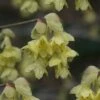
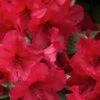
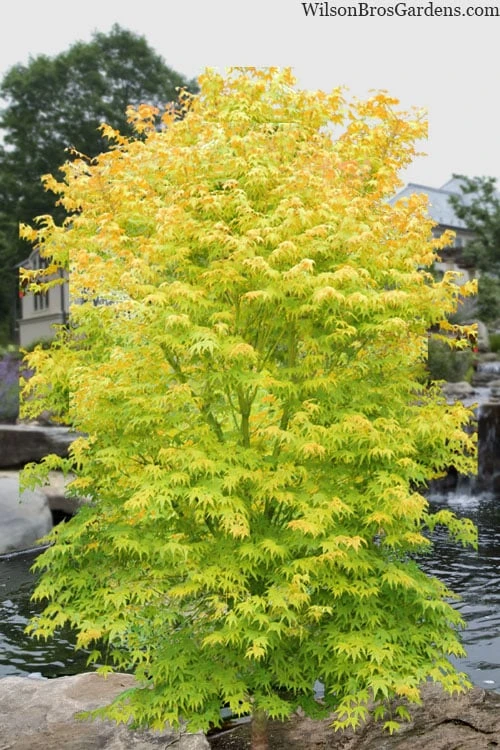

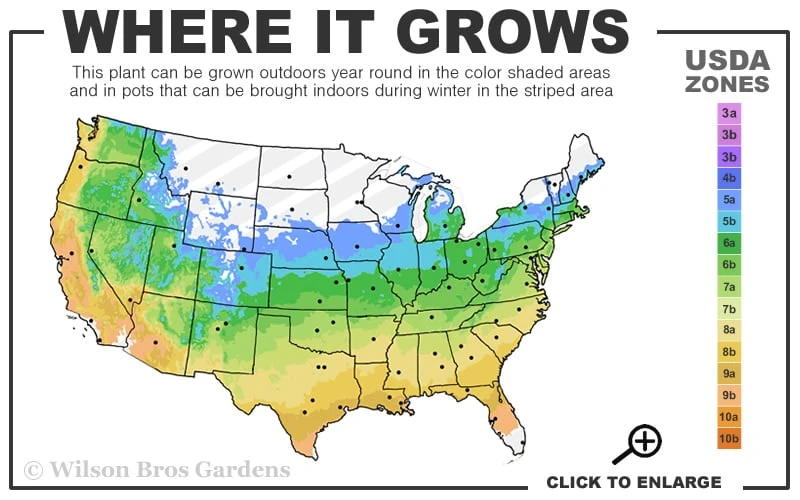
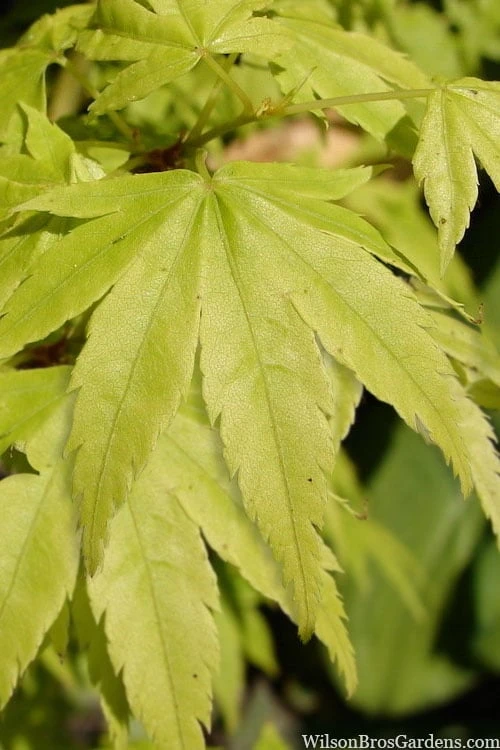
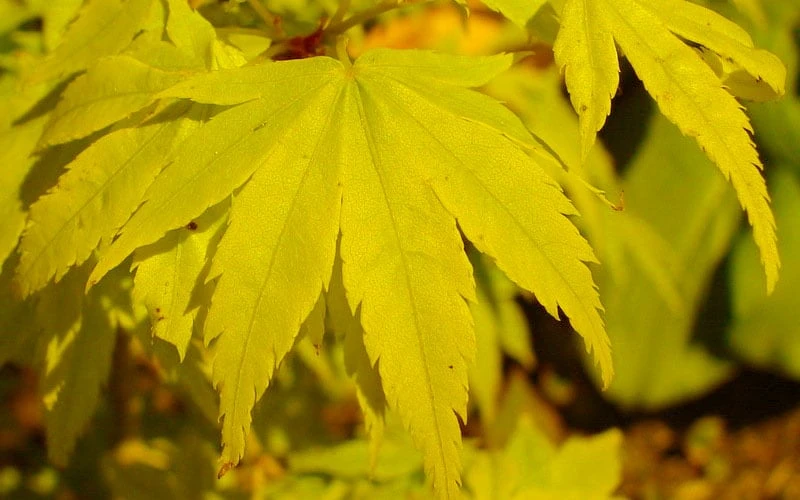


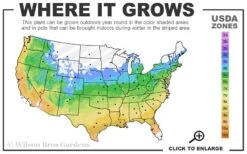
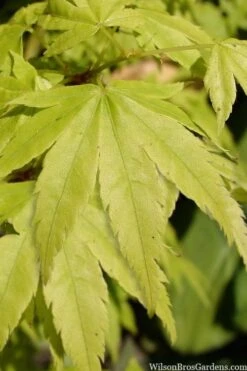
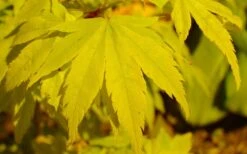
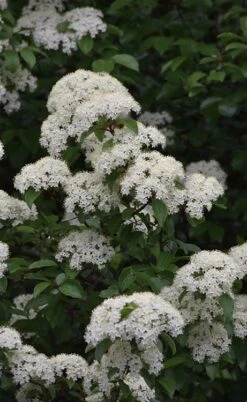
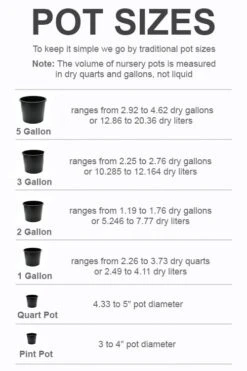

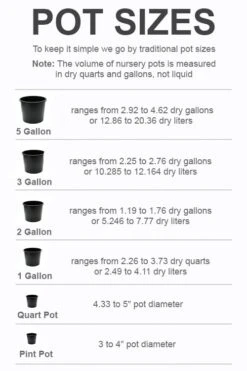

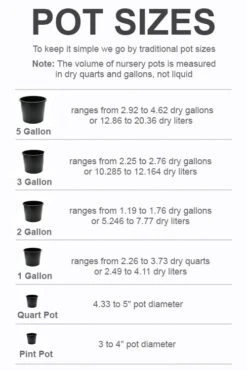


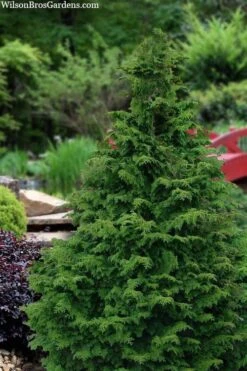
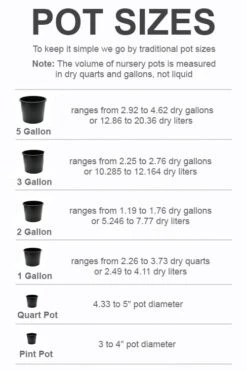

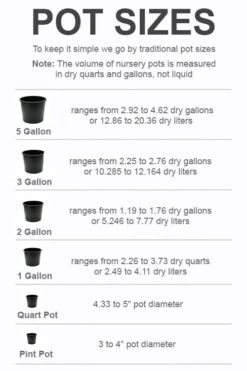




Reviews
There are no reviews yet.